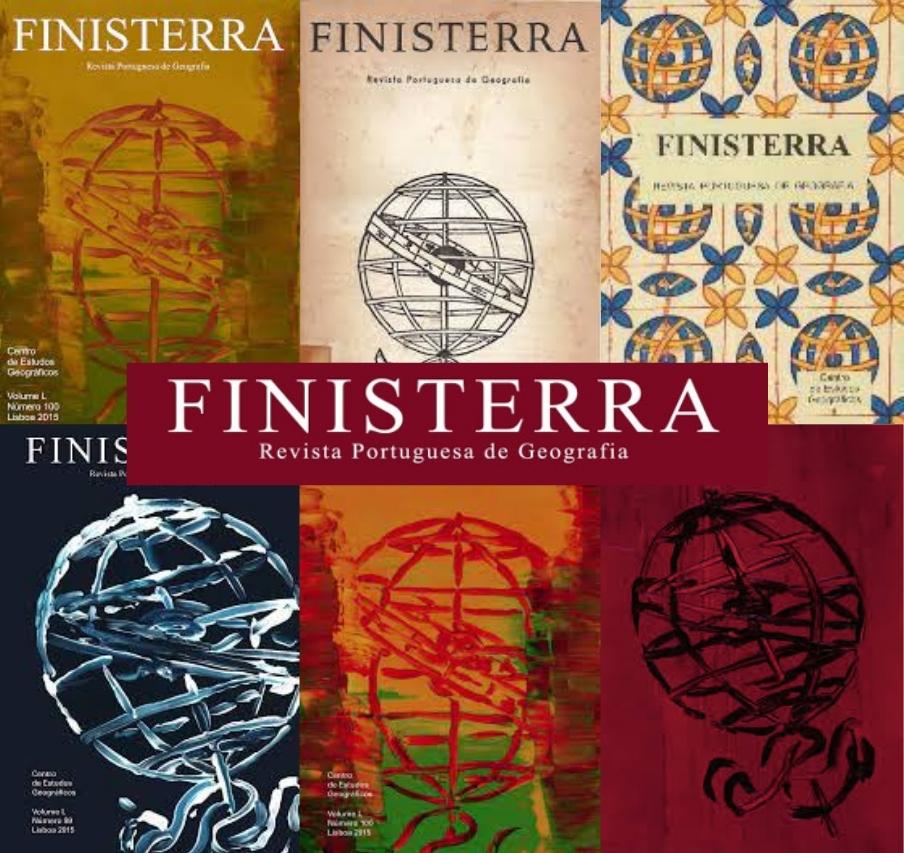FROM THE 19TH TO THE 21ST CENTURY:
DOI:
https://doi.org/10.18055/Finis17881Abstract
FROM THE 19TH TO THE 21ST CENTURY: A COMPARATIVE STUDY OF PRIMITIVE VEGETATION BY SAINT-HILAIRE AND CURRENT PHYTOPHYSIOGNOMIES. The objective of this work was to compare the vegetation domains described by Saint-Hilaire at 1817 to current phytophysionomic classifications and ecotone areas for the region between Diamantina, Serro and Minas Novas, Minas Gerais, Brazil. A database was elaborated from the analysis of his works with localities, species and descriptions of the vegetation strata for the trajectory traveled and field steps were performed. Current vegetation and land cover maps were elaborated using the ArcGIS 10.3.1 software. Three paths were defined from the analysis of the traveller’s works. Vegetation domains such as virgin forest, catingas, carrasqueiros, carrascos and natural grasslands, described by Saint Hilaire for Minas Gerais are founded in the study area and compared to the current phytophysiognomies: Semi-deciduous Seasonal Forests, Deciduous Seasonal Forests; Open Arboreal Caatinga; Dense, Typical, Ralo and Rupestrian Cerrado; Dirty, Clean and Rupestrian Grasslands respectively. The naturalist describes anthropic domains called capoeira and artificial grasslands whose vegetation is at different stages of ecological succession. Comparisons between old and current descriptions have proved to be feasible and relevant. This information contributes with ecological, biological and geographical data, subsidizing studies and strategies for the conservation of the natural resources of Biomes.
Downloads
Downloads
Published
How to Cite
Issue
Section
License
-
Authors are responsible for the opinions expressed in the texts submitted to Finisterra.
-
Authors retain copyright and grant the journal right of first publication with the work simultaneously licensed under a Creative Commons Attribution License that allows others to share the work with an acknowledgement of the work's authorship and initial publication in this journal.
-
Authors must commit to complying with the “Guidelines for article submission”, on the RCAAP platform.
-
Whenever a text may require amendments based on suggestions made by the Scientific Reviewers and/or the Executive Committee, authors must agree to accept these suggestions and implement the requested changes. If authors disagree with any of the amendments suggested, they will need to provide justifications for each individual case.
-
Reproduction of materials liable to copyright laws has been granted permission in advance.
-
Texts are original, unpublished and have not been submitted to other journals.
License URL CC Attribution-NonCommercial-NoDerivatives (BY-NC-ND)




_(2).jpg)

